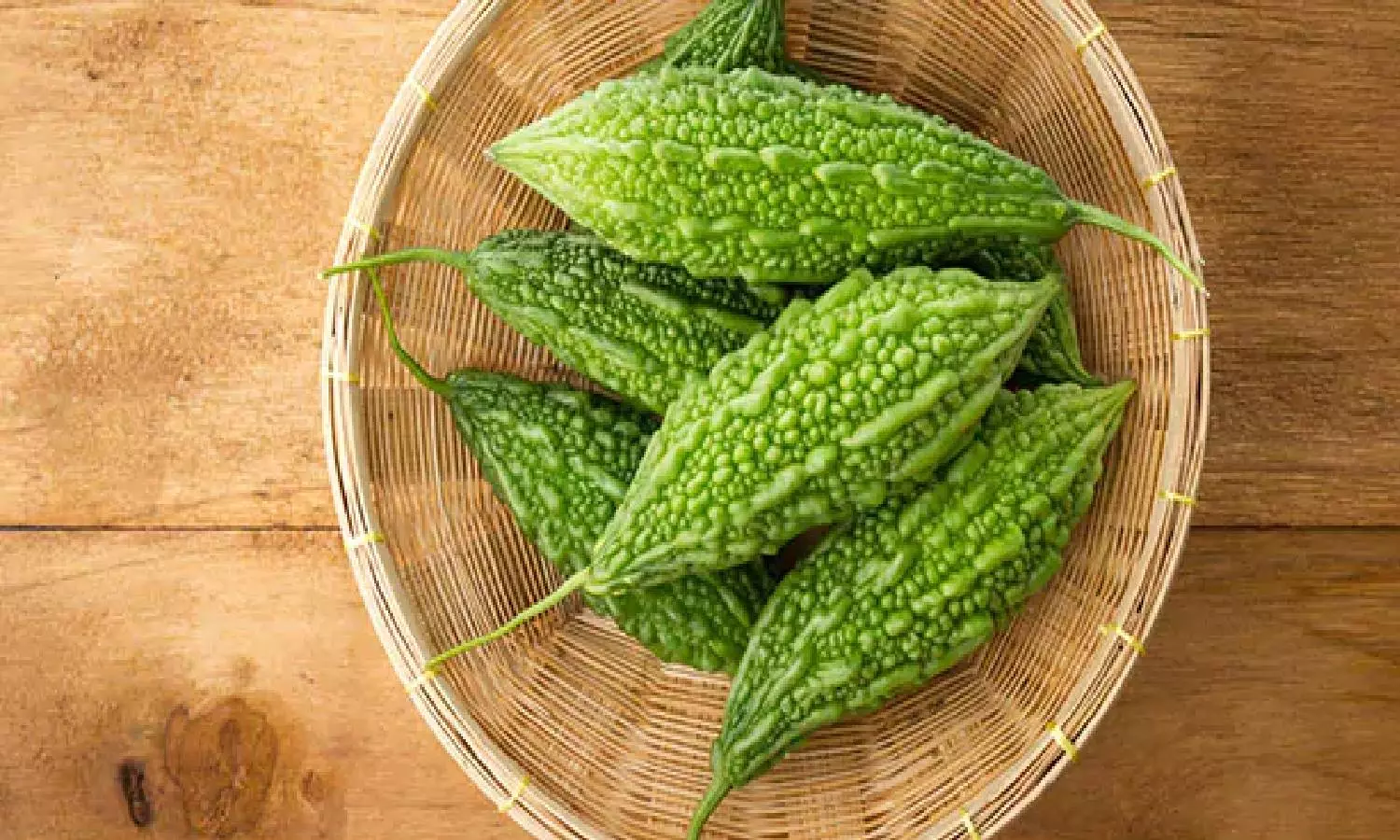Karela, Bitter Melon, Goya, or Kakara – What's in a Name?
A few years ago, my wife and I were in Japan visiting our daughters who at that time were working in Tokyo.
By Prakash Pant Published on 17 Nov 2020 9:34 AM GMT
Hyderabad: A few years ago, my wife and I were in Japan visiting our daughters who at that time were working in Tokyo. Seeking, understanding, and sampling various cuisines being a family passion, an evening was allotted to an Okinawan restaurant in Tokyo. Out of all the items on the menu, what caught my attention was 'goya chanpuru' with the picture of 'karela/ kākara/ bitter gourd'. In Okinawa, the local name for bitter melon is 'goya' and a mixed dish is known as 'chanpuru'.
Before I chanpuru the 'goya' for you, a brief rundown on Okinawa. Japan has 47 prefectures (somewhat akin to states) governed by directly elected representatives. Okinawa is the southernmost prefecture comprising about 150 islands. The largest of these islands is also called Okinawa and the two largest cities on the island are Naha (capital of Okinawa) and Okinawa City. Okinawa is closer to Taiwan (500 kilometers) to its south than to mainland Japan (640 kilometers north).
Okinawans are known for their longevity. According to the UN Data for 2015, Japan had a greater percentage of people aged 100+ than any other country. In Okinawa, the number of people who reach 100+ is five times more than the rest of Japan. Besides their genes, Okinawan food and lifestyle are considered the main contributing factors to their longevity.
The traditional Okinawan diet is different from the traditional Japanese diet and consists mostly of vegetables like sweet potato, bitter melon, daikon (radish), okra (ladies finger/bhindi), and soy products like tofu, miso, and green soya beans (edamame). This makeup about 65% of the Okinawan diet, with a little fish and pork for good measure (and taste!). Besides noodles, grains like millet, wheat, and rice are eaten. Processed food and meat is mostly avoided. Turmeric (Haldi) is prevalent in food and tea.
Back to goya. Goya chanpuru has four main ingredients added in four steps – pork, goya, tofu, and eggs. First, finely diced or minced pork is fried to draw out the fat. Then, goya is stir-fried in the extracted pork fat. Next, firm tofu is crumbled with hands and fried. Goya and pork are added back followed by the taste-making seasonings (sake, mirin, and soy sauce). After these tastemakers, beaten eggs are added to the pan to finish. The dish is served and garnished with bonito (a type of fish from the mackerel family) flakes.
A well-known variation is using SPAM meat in a can instead of fresh pork. The US military stationed in Okinawa during WW2 introduced SPAM to Okinawans in scarcer times. Although fresh pork is no longer scarce, SPAM remains central to Okinawan cuisine. I have tried both variations, and prefer the fresh option.
And now for the best part, let me describe the dish for you – the mild sweet taste of pork blends with the bitter in the goya. The pork fat coats the goya for stir-frying. Tofu introduces a nutty taste. The taste-making liquids add salt and umami to the dish. The softness of eggs adds a buttery finish to the dish while mellowing the bitterness of the melon. Simple but wonderful! Don't hesitate to experiment with the dish varying the ingredients to suit the availability of ingredients and your taste buds.
Don't eat pork? Try it with lamb or chicken mince.
Do you only eat eggs, no meat or chicken? Skip the meat/chicken.
Don't like tofu? Try it with paneer mince.
Vegan? Skip meat and eggs.
Bonito flakes add some more saltiness but are difficult to find in local markets. Fried shallots or garlic can be used for garnishing instead. Enjoy.
See the video of this recipe at www.bhojanfusion.com
About author: A keen food and wine explorer, 'Peekay' (Prakash Pant) has recently set out as a food vlogger. Having worked in government and corporate sectors in both India and Australia for significant years, his interest in food started more than a decade ago because of the need to share domestic chores with his busy working wife. Besides most of India, he has visited numerous food and wine destinations in France, Italy, Spain, the US, UK, Australia, New Zealand, and SE Asia. He has taken culinary classes in Paris, Tuscany, Phuket, and Bali. These experiences have prompted him to create fusion ideas that modify Western and southeast Asian recipes to suit the Indian palate. He has successfully completed the "Introduction to Food and Health" course at Stanford University, US and is currently enrolled in the "Food is Medicine" course at Monash University, Australia. His other hobbies include gardening, cooking, walking, and fitness. He strongly believes that food is medicine.
Follow him on Facebook and YouTube
